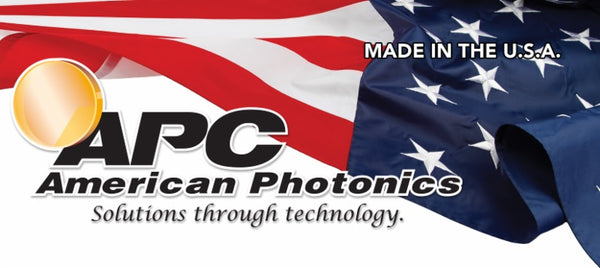Title: Unlocking Precision: The Power of Active Optical Alignment
Greetings, optics enthusiasts! Today, we're delving into the intriguing realm of active optical alignment – an ingenious technique that holds the key to unlocking precision in lens assemblies. Join me on this journey as we explore the nuances of active alignment, its cost-effective advantages, and its pivotal role in achieving optical perfection.
The Optics Conundrum: A Dance of Tolerances
Optomechanical engineers tread a delicate path when assigning tolerances for precision lens assemblies. The quest begins with the optical centration requirement, leading to a labyrinth of mechanical tolerances for the lens and housing components. Striking the balance between compliance and cost-effectiveness is an intricate puzzle that often requires a deep understanding of alignment and assembly processes.
Decoding Active Optical Alignment
Enter active optical alignment – a game-changer that brings a new dimension to achieving impeccable optical centration. Unlike traditional mechanical alignment methods, active alignment leverages the lens's own optical feedback to guide it into its final position. This real-time adjustment process compensates for fabrication errors, ensuring optimal alignment that is simply unattainable through mechanical means alone.
A Glimpse into the Process
Imagine a lens assembly where the mechanical mounting surface aligns flawlessly with a precision air-bearing spindle. This dynamic setup utilizes the optical return from the lens itself to fine-tune its position. The magic lies in monitoring the reflected return from the lens surface or the transmitted return through sophisticated instruments like autocollimators or Fizeau interferometers. With careful adjustments, the optical axis dances harmoniously with the mechanical axis, resulting in breathtaking alignment accuracy.
Taming Tight Centration: A Cost-Effective Revelation
One might assume that tighter centration requirements translate to higher costs. However, active optical alignment challenges this notion. Surprisingly, there's a point where the active method becomes not only more precise but also more cost-effective. As centration tolerances tighten beyond a certain threshold, the mechanical alignment method begins to pale in comparison to the finesse of active optical alignment.
An Economic Shift: Finding the Crossover
Visualize a graph where normalized costs intersect the centration tolerance range. At the juncture where the red and blue lines meet, we find the crossover point. To the left of this crossover, active optical alignment triumphs in cost-efficiency. To the right, mechanical alignment takes the lead. When centration tolerances demand exceptional precision, active optical alignment emerges as the cost-effective beacon.
Beyond Single Lens Assemblies: A Bigger Impact
The impact of active optical alignment is even more pronounced in assemblies with multiple lens elements. Here, the complexity of maintaining multiple surfaces and setups amplifies mechanical alignment costs, mechanics costs, and optical component costs. It's a reminder that when precision is paramount, active alignment is the cornerstone of an economically sound solution.
So, dear optical enthusiasts, as we bid adieu, remember that active optical alignment is more than a technique – it's a gateway to precision, a masterstroke of engineering finesse. Let's celebrate the fusion of optics and innovation, where active alignment reigns supreme, delivering precision beyond imagination.
Optically aligned regards,

